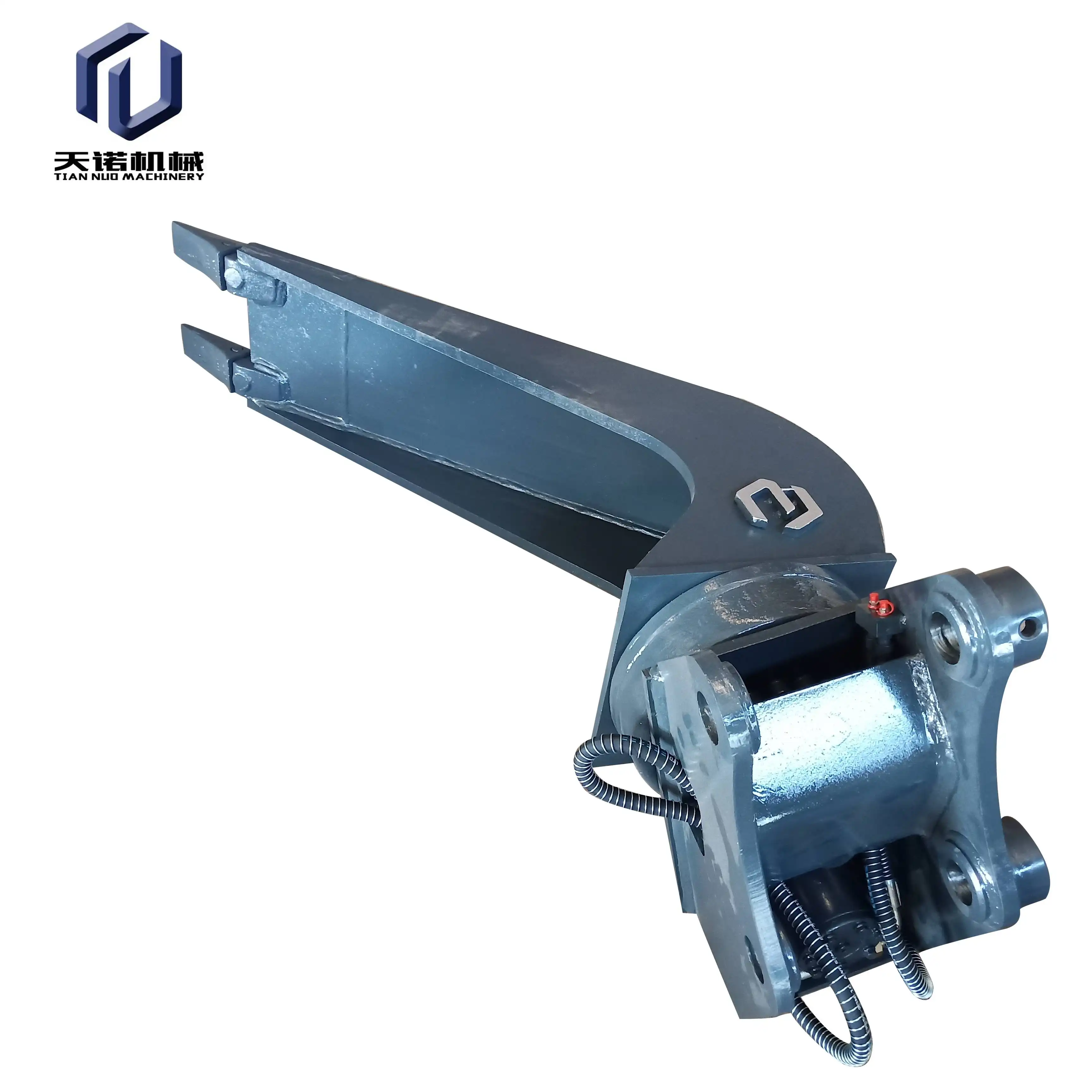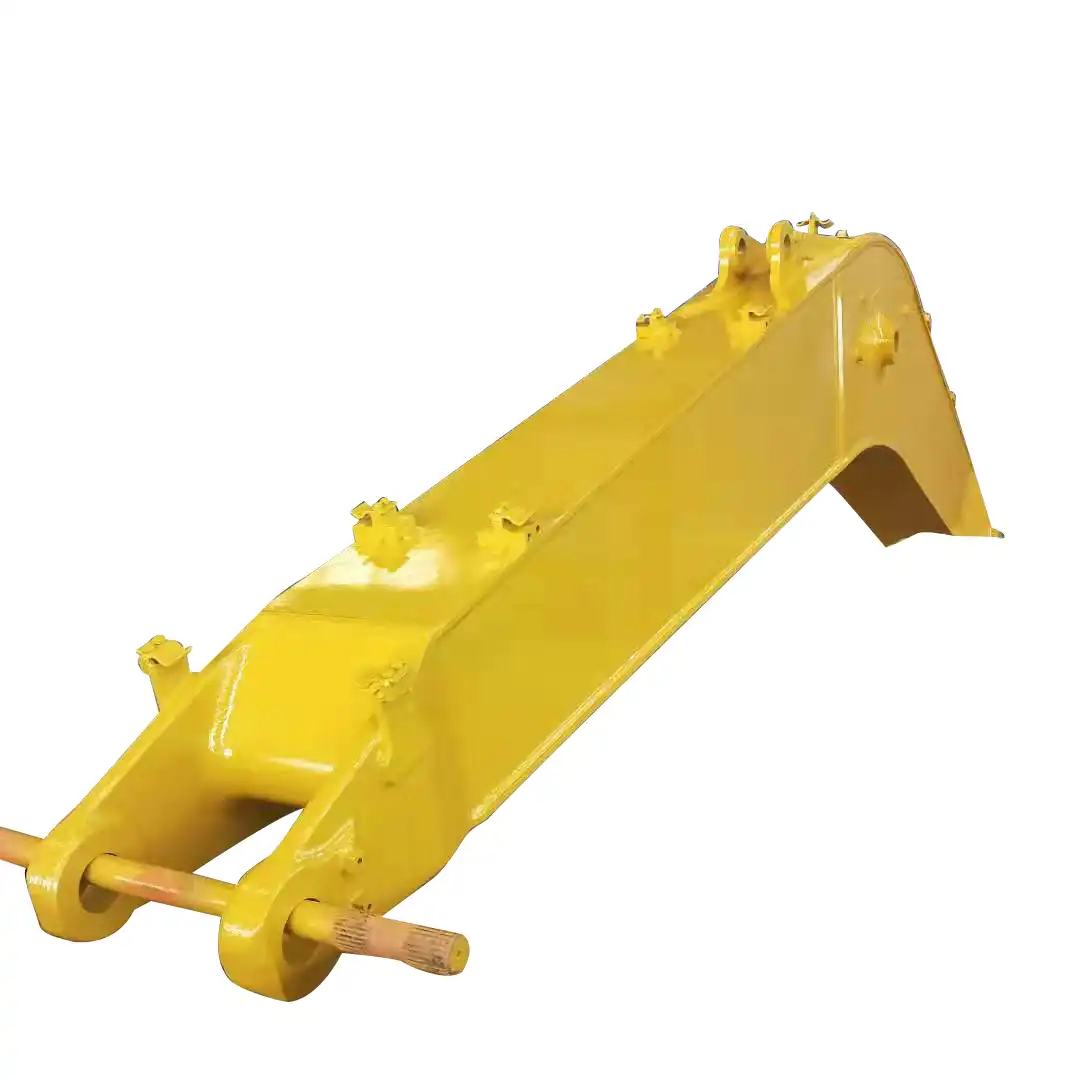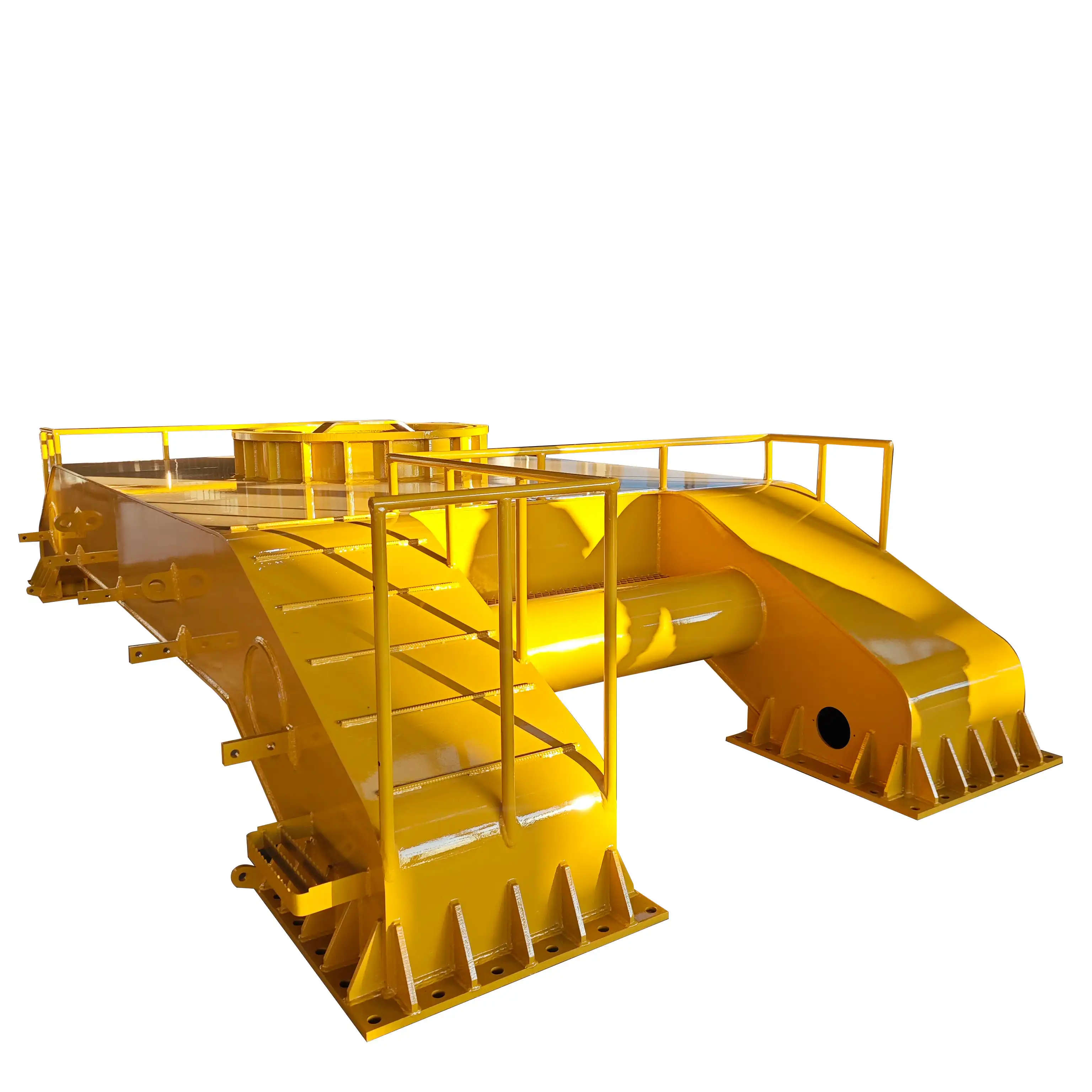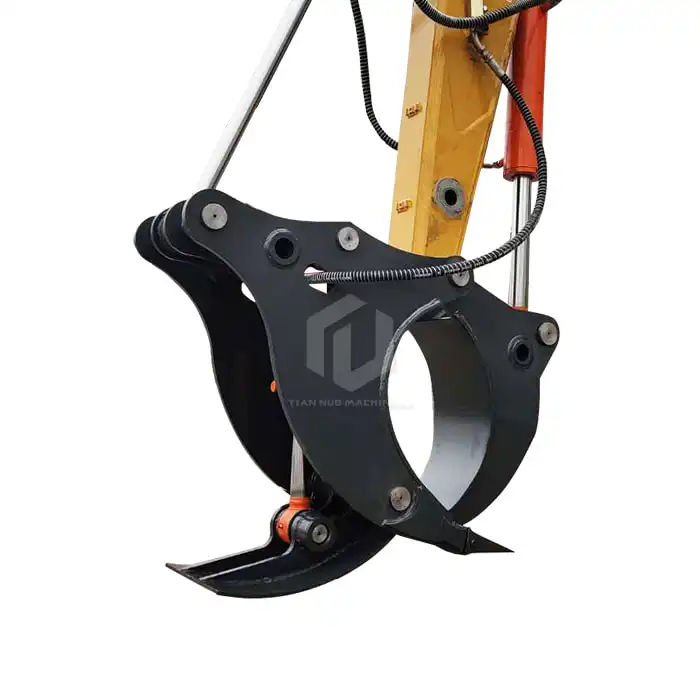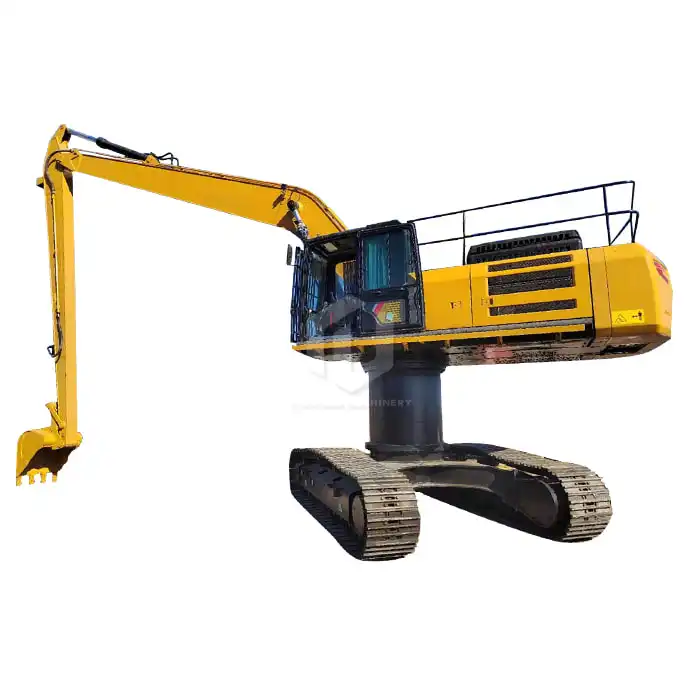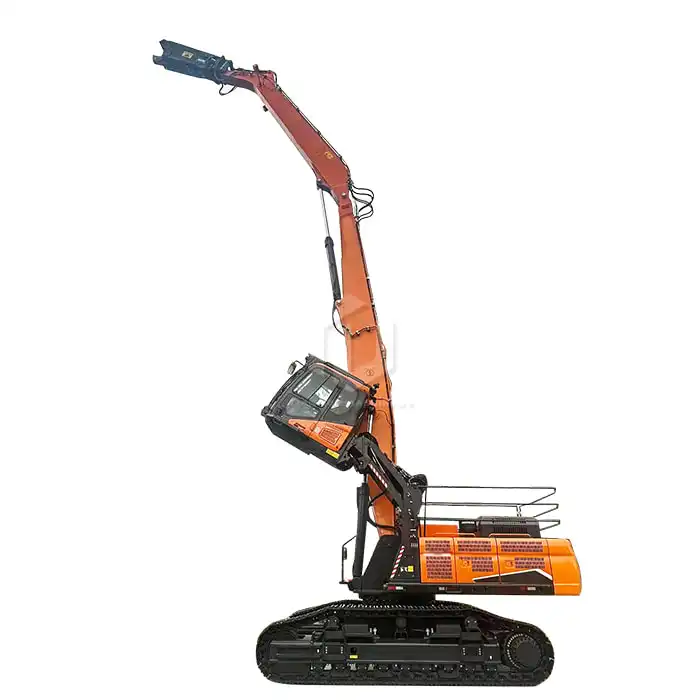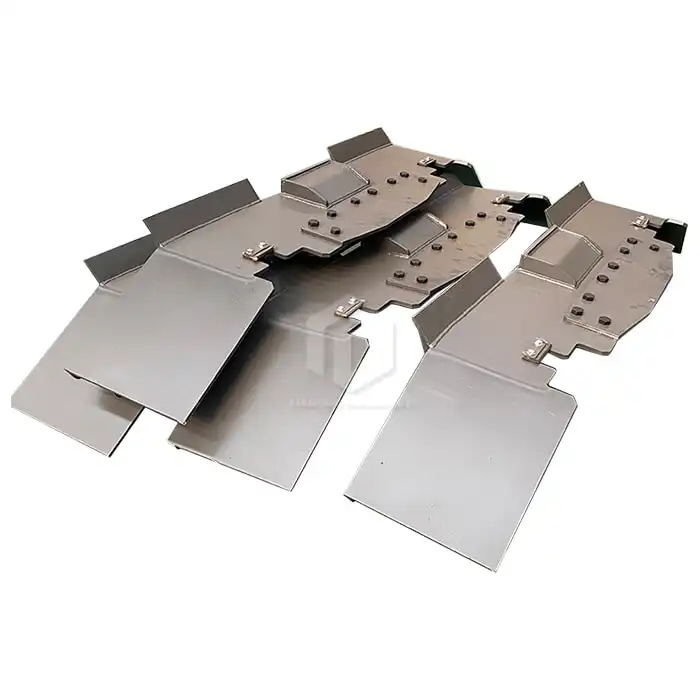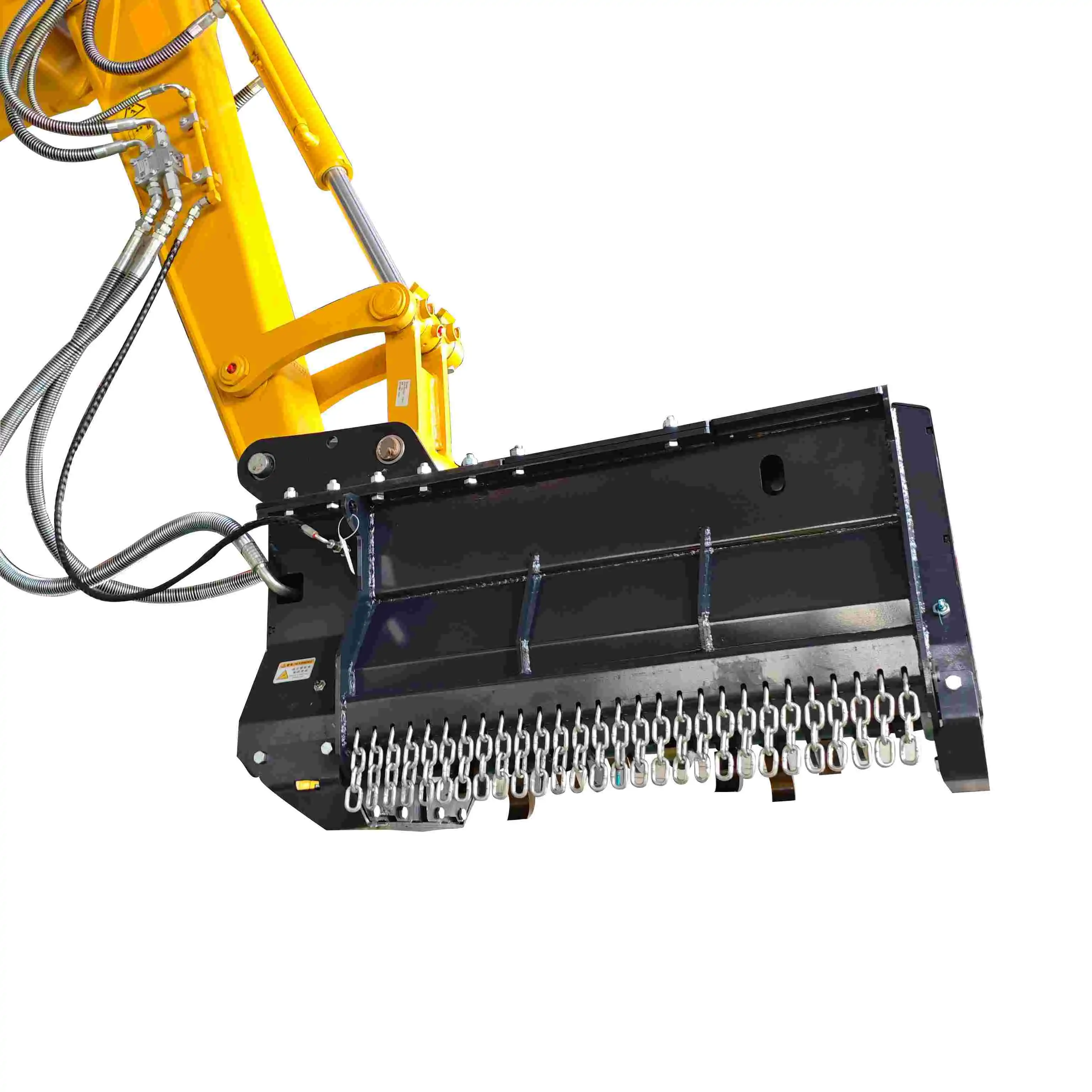How does excavator metal scrap work?
In the world of construction and demolition, efficiency and precision are paramount. One tool that has revolutionized these industries is the excavator metal scrap. This powerful attachment has become an indispensable part of many operations, offering a blend of strength, versatility, and precision. But how exactly does an excavator metal scrap work? Let's delve into the intricacies of this remarkable piece of machinery, exploring its design, power source, and operational mechanics.
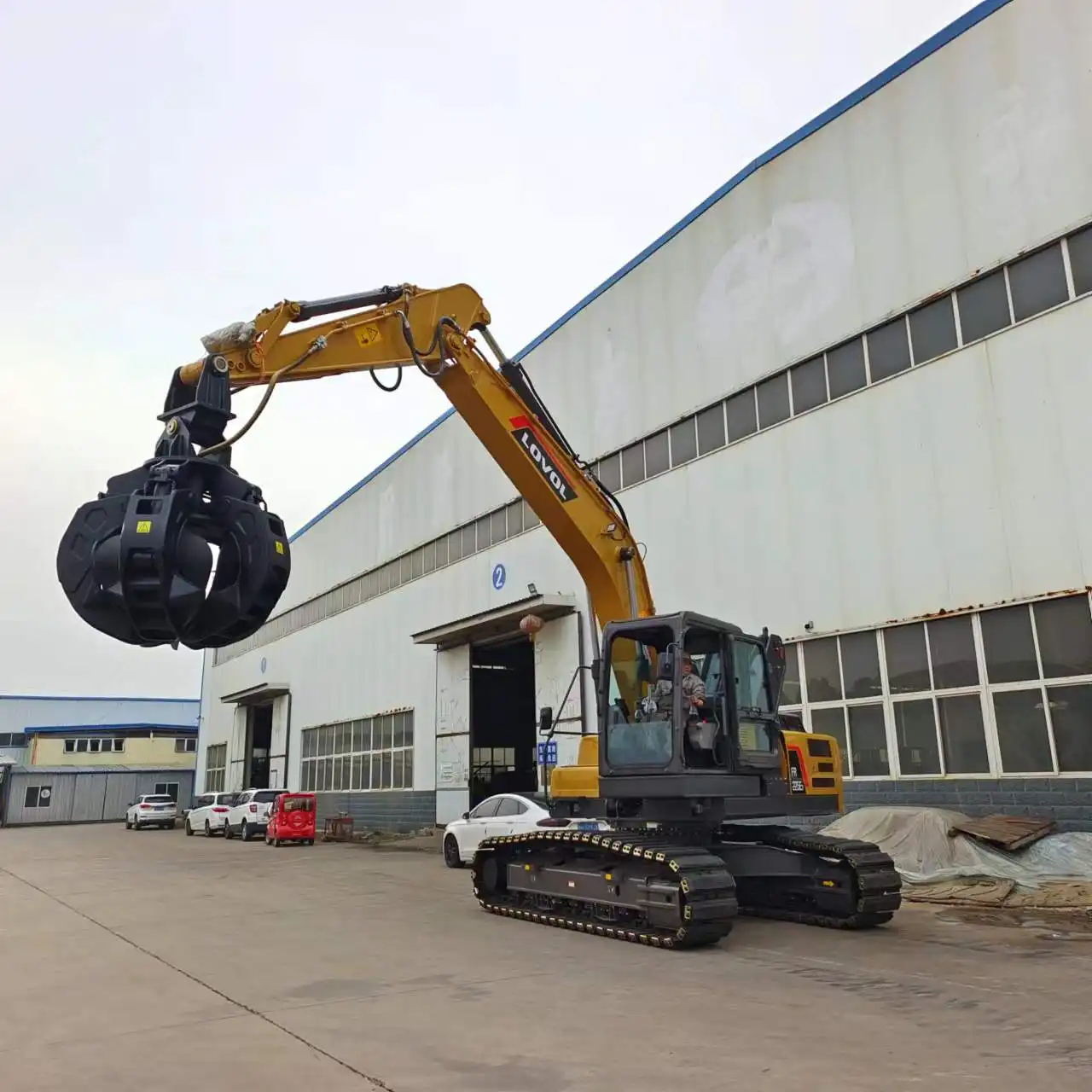
Attachment Design
The excavator metal scrap is a specialized attachment designed to be fitted onto excavators, transforming these versatile machines into even more capable tools for handling metal waste and debris. its design is a testament to engineering ingenuity, combining robust construction with clever mechanics to create a tool that's both powerful and precise.
At its core, it consists of two main components: the body and the jaws. The body serves as the attachment point to the excavator and houses the hydraulic mechanisms that power the tool. The jaws are the business end of the attachment, designed to grip, cut, and manipulate metal scrap with incredible force.
The jaws of an excavator metal scrap are typically made from high-strength materials such as manganese steel, known for its exceptional durability and wear resistance. This choice of material ensures that the attachment can withstand the rigors of handling tough metal scrap day in and day out. The jaws are often serrated or feature specially designed teeth to enhance their gripping power and cutting ability.
One of the key design features of the excavator metal scrap is its ability to rotate. This rotation allows for precise positioning of the jaws, enabling operators to tackle metal scrap from various angles. Some models offer 360-degree rotation, providing unparalleled flexibility in tight or complex working environments.
The size and specific design of excavator scraps can vary depending on the intended application and the size of the excavator they're meant to be attached to. Smaller versions might be suitable for light-duty work or for use with compact excavators, while larger, more robust designs are built for heavy-duty applications on full-sized excavators.
Another crucial aspect of the attachment design is the integration of safety features. Many excavator metal scraps incorporate protective guards to shield hydraulic components from damage during operation. Some models also feature built-in pressure relief valves to prevent overloading of the hydraulic system, ensuring safe and efficient operation even under challenging conditions.
Hydraulic Power
The true strength of the excavator metal scrap lies in its hydraulic power system. Hydraulics, which use pressurized fluid to transmit force, provide the attachment with the immense power needed to handle heavy metal scrap with ease. This system is what allows the excavator metal scrap to exert tremendous force while still maintaining precise control.
The hydraulic system typically consists of several key components. At its heart are hydraulic cylinders, which convert the pressure of hydraulic fluid into mechanical force. These cylinders are responsible for opening and closing the jaws of the attachment, providing the gripping and cutting power needed to process metal scrap.
Hydraulic hoses connect the attachment to the excavator's main hydraulic system, allowing for the flow of pressurized fluid. The excavator's hydraulic pump provides the necessary pressure, which can often be adjusted to suit different tasks or materials. This adjustability is one of the key advantages of hydraulic power, allowing operators to fine-tune the attachment's performance for optimal efficiency.
Many modern excavator metal scraps incorporate advanced hydraulic features to enhance their performance. For instance, some models use regenerative hydraulic circuits, which recycle hydraulic fluid to improve cycle times and energy efficiency. Others may feature hydraulic intensifiers, which can boost the gripping or cutting force for particularly tough materials.
The hydraulic system also plays a crucial role in the rotation mechanism of the excavator metal scrap. A hydraulic motor, coupled with a slew bearing, allows the attachment to rotate smoothly and precisely. This rotation is typically controlled from the excavator's cab, giving the operator full control over the positioning of the attachment.
One of the advantages of hydraulic power is its ability to deliver consistent force regardless of the position of the attachment. This means that the excavator metal scrap can maintain its gripping or cutting power even when working at awkward angles or in confined spaces, a crucial feature in many scrap handling scenarios.
How it Works
The operation of an excavator metal scrap is a symphony of mechanical and hydraulic components working in harmony. When an operator activates the attachment, a series of precisely orchestrated events unfold, transforming hydraulic pressure into powerful mechanical action.
The process begins in the excavator's cab, where the operator uses controls to direct hydraulic fluid to the attachment. As this pressurized fluid enters its hydraulic cylinders, it causes the pistons within to extend or retract. This movement is translated into the opening and closing of the attachment's jaws.
When gripping metal scrap, the jaws close with tremendous force, securely holding the material. The serrated edges or teeth on the jaws enhance this grip, allowing the attachment to maintain a firm hold even on irregularly shaped pieces of scrap. If the attachment is designed for cutting as well as gripping, the jaws may continue to close, exerting enough force to shear through the metal.
The rotation feature comes into play when positioning the attachment or when processing scrap. The operator can rotate the attachment to the optimal angle for gripping or cutting, significantly enhancing the efficiency of the operation. This rotation is typically smooth and controlled, allowing for precise positioning even when handling heavy loads.
One of the key operational features of many excavator metal scraps is their ability to sort materials. By using the attachment's gripping and rotating capabilities, operators can efficiently separate different types of metal scrap, a crucial task in many recycling operations. This sorting can often be done without the need for the excavator to move, saving time and increasing productivity.
Safety is a paramount concern in the operation of excavator metal scraps. Many models incorporate pressure sensors that can detect if the jaws encounter unexpected resistance, automatically stopping the closing action to prevent damage or accidents. Additionally, the hydraulic systems often include relief valves that prevent the buildup of excessive pressure, ensuring safe operation even under demanding conditions.
Its versatility is evident in its wide range of applications. From demolition sites where it can efficiently process and sort metal debris, to scrapyards where it can handle everything from small pieces of scrap to entire vehicles, this attachment has proven its worth across numerous industries. Its ability to grip, cut, sort, and load material all with a single attachment has made it an invaluable tool in the world of metal recycling and waste management.
Excavator Metal Scrap Supplier
The excavator metal scrap is a marvel of modern engineering, combining robust design, powerful hydraulics, and precise control to create a tool that has transformed the way we handle metal waste and debris. Its ability to grip, cut, rotate, and sort makes it an invaluable asset in a wide range of industries, from construction and demolition to recycling and waste management.
The excavator metal scrap from Tiannuo Machinery offers versatile hydraulics for precise control in any operation, ensuring smooth and accurate handling of metal scraps. It features a durable design, constructed with high-strength manganese steel, which provides long-lasting reliability and resistance to wear and tear. The user-friendly controls make it easy to operate for extended periods, reducing operator fatigue. Available in customizable sizes, it fits excavators ranging from 6 to 24 tons, making it a versatile choice for various applications.
If you are choosing your excavator metal scrap manufacturer, please feel free to reach out to our manager at arm@stnd-machinery.com and the team at rich@stnd-machinery.com and tn@stnd-machinery.com.
References:
- Woof, M. (2018). Demolition attachments: Cutting edge. Construction Europe, 29(6), 25-28.
- Zhang, H., & Wang, H. (2019). Hydraulic control system of excavator attachments: A review. Automation in Construction, 98, 208-220.
- Liang, X., Li, X., & Xu, W. (2020). Design and analysis of a novel excavator attachment for metal scrap handling. Applied Sciences, 10(14), 4872.

